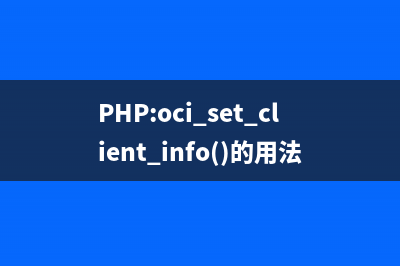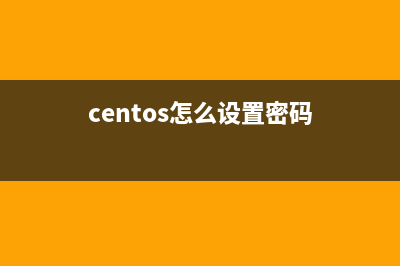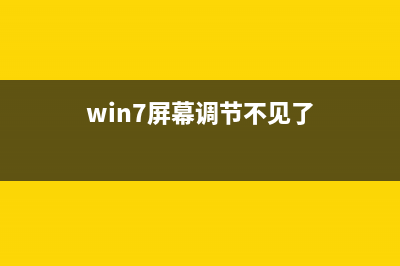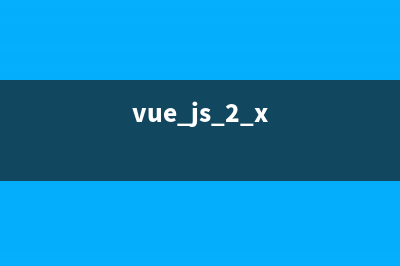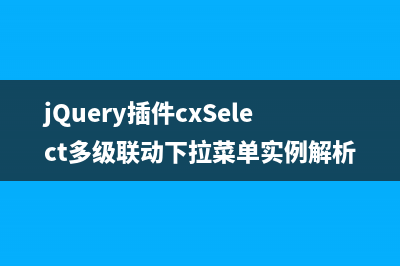sql xml 入门: --by jinjazz 1、xml: 能认识元素、属性和值 2、xpath: 寻址语言,类似windows目录的查找(没用过dir命令的话就去面壁) 语法格式,这些语法可以组合为条件: "."表示自己,".."表示父亲,"/"表示儿子,"//"表示后代, "name"表示按名字查找,"@name"表示按属性查找 "集合[条件]" 表示根据条件取集合的子集,条件可以是 数 值:数字,last(),last()-数字 等 布尔值:position()<数字,@name='条件',name='条件' 条件是布尔值的时候可以合并计算:and or 3、xquery: 基于xpath标的准查询语言,sqlserver xquery包含如下函数 exist(xpath条件):返回布尔值表示节点是否存在 query(xpath条件):返回由符合条件的节点组成的新的xml文档 value(xpath条件,数据类型):返回指定的标量值,xpath条件结果必须唯一 nodes(xpath条件): 返回由符合条件的节点组成的一行一列的结果表 */ declare @data xml set @data=' <bookstore> <book category="COOKING"> <title lang="en">Everyday Italian</title> <author>Giada De Laurentiis</author> <year></year> <price>.</price> </book> <book category="CHILDREN"> <title lang="jp">Harry Potter</title> <author>J K. Rowling</author> <year></year> <price>.</price> </book> <book category="WEB"> <title lang="en">XQuery Kick Start</title> <author>James McGovern</author> <author>Per Bothner</author> <author>Kurt Cagle</author> <author>James Linn</author> <author>Vaidyanathan Nagarajan</author> <year></year> <price>.</price> </book> <book category="WEB"> <title lang="cn">Learning XML</title> <author>Erik T. Ray</author> <year></year> <price>.</price> </book> </bookstore> ' --测试语句,如果不理解语法请参考上面的xpath规则和xquery函数说明 --1、文档 select @data --2、任意级别是否存在price节点 select @data.exist('//price') --3、获取所有book节点 select @data.query('//book') --4、获取所有包含lang属性的节点 select @data.query('//*[@lang]') --5、获取第一个book节点 select @data.query('//book[1]') --6、获取前两个book节点 select @data.query('//book[position()<=2]') --7、获取最后一个book节点 select @data.query('//book[last()]') --8、获取price>的所有book节点 select @data.query('//book[price>]') --9、获取category="WEB"的所有book节点 select @data.query('//book[@category="WEB"]') --、获取title的lang="en"的所有book节点 select @data.query('//book/title[@lang="en"]') --、获取title的lang="en"且 price>的所有book节点 select @data.query('//book[./title[@lang="en"] or price> ]') --、获取title的lang="en"且 price>的第一book的(第一个)title select @data.query('//book[./title[@lang="en"] and price> ]').value('(book/title)[1]','varchar(max)') --、等价于 select @data.value('(//book[./title[@lang="en"] and price> ]/title)[1]','varchar(max)') --、获取title的lang="en"且 price>的第一book的(第一个)title的lang属性 select @data.value('((//book[@category="WEB" and price> ]/title)[1]/@lang)[1]','varchar(max)') --、获取第一本书的title select Tab.Col.value('(book/title)[1]','varchar(max)') as title from @data.nodes('bookstore')as Tab(Col) --、获取每本书的第一个author select Tab.Col.value('author[1]','varchar(max)') as title from @data.nodes('//book')as Tab(Col) --、获取所有book的所有信息 select T.C.value('title[1]','varchar(max)') as title, T.C.value('year[1]','int') as year, T.C.value('title[1]','varchar(max)')as title, T.C.value('price[1]','float') as price, T.C.value('author[1]','varchar(max)') as author1, T.C.value('author[2]','varchar(max)') as author2, T.C.value('author[3]','varchar(max)') as author3, T.C.value('author[4]','varchar(max)') as author4 from @data.nodes('//book') as T(C) --、获取不是日语(lang!="jp")且价格大于的书的所有信息 select T.C.value('title[1]','varchar(max)') as title, T.C.value('year[1]','int') as year, T.C.value('title[1]','varchar(max)')as title, T.C.value('price[1]','float') as price, T.C.value('author[1]','varchar(max)') as author1, T.C.value('author[2]','varchar(max)') as author2, T.C.value('author[3]','varchar(max)') as author3, T.C.value('author[4]','varchar(max)') as author4 from @data.nodes('//book[./title[@lang!="jp"] and price> ]') as T(C)
推荐整理分享SQLServer XML查询快速入门(18句话),希望有所帮助,仅作参考,欢迎阅读内容。
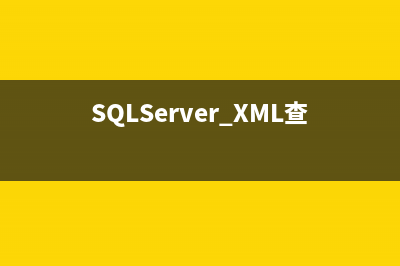
文章相关热门搜索词:,内容如对您有帮助,希望把文章链接给更多的朋友!
被遗忘的SQLServer比较运算符谓词 官方的参考文档
SQLServer中求两个字符串的交集 使用javascript的数组来计算,代码如下:usetempdbgoif(object_id('fn_getArray')isnotnull)dropfunctiondbo.fn_getArraygocreatefunctionfn_getArray(@inStr1varchar(),@inStr2varchar())ret
SQL Server 触发器 表的特定字段更新时,触发Update触发器 createtriggerTR_MasterTable_UpdateonMasterTableafterupdateasifupdate([Type])--当Type字段被更新时,才会触发此触发器insertintoMasterLogTableselectId,(Case[Type]when1then'Type1'when2then'

